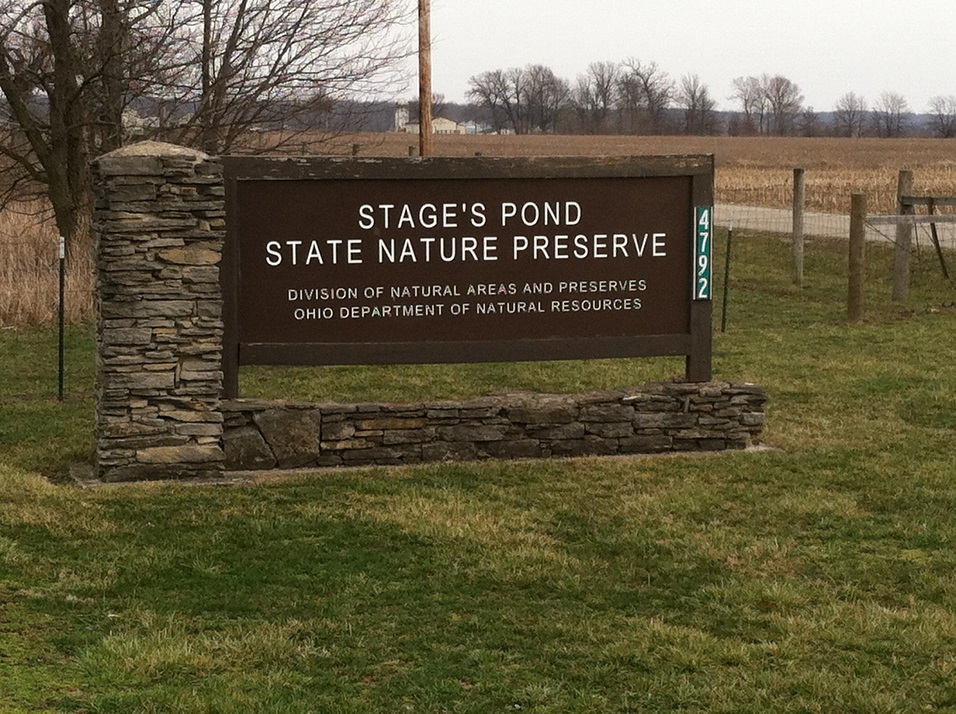Article Presented By Classic Brands…
(Ashville) – The Ohio Department of Natural Resources’ (ODNR) Stage’s Pond State Nature Preserve became the newest Ohio woodland to be inducted into the Old-Growth Forest Network Thursday.
“The Old-Growth Forest Network admires ODNR’s commitment as a steward of old-growth forests,” said Brian Kane, mid-Atlantic regional manager for the Old-Growth Forest Network, “We hope Ohio’s actions will serve to inspire other states to recognize and protect their remaining old-growth forests.”

Located in Ashville and managed by ODNR’s Division of Natural Areas and Preserves, Stage’s Pond is one of 30 Ohio sites inducted into the Old-Growth Forest Network, and the first in Pickaway County.
Mature trees abound throughout the preserve but the 31-acre white oak woods in the northeast corner is special. Towering white oak, bur oak, black walnut, and honey locust trees stand sentinel along both sides of the newly constructed White Oak Trail which features an accessible boardwalk.

“We applaud the efforts of the Old-Growth Forest Network to draw attention to the importance of protecting old-growth forest remnants, such the mature woodlot that greets visitors to Stage’s Pond State Nature Preserve,” ODNR Division of Natural Areas and Preserves Chief Jeff Johnson said. “Now, visitors of all abilities can use the new Boundary and White Oak trails to witness the beauty of these longstanding trees.”

After the ceremony, staff and guests gathered to cut the ribbon on the preserve’s new accessible trails which offer about 2 miles of paved and boardwalk access. Built by Axis Civil, the trails were completed in late summer.
The Old-Growth Forest Network (OGFN) aims to preserve at least one forest in every county in the U.S. that can sustain a forest. OGFN works to identify forest for the network, ensure their protection from logging, and inform people of the forest locations.



More Stories
Chillicothe Utilities Department Announces Marietta Road Project
Appalachia Grant Monies: Oh, Happy Day!
DeWine Announces Transformative $154 Million Investment in Appalachian Downtowns and Destinations